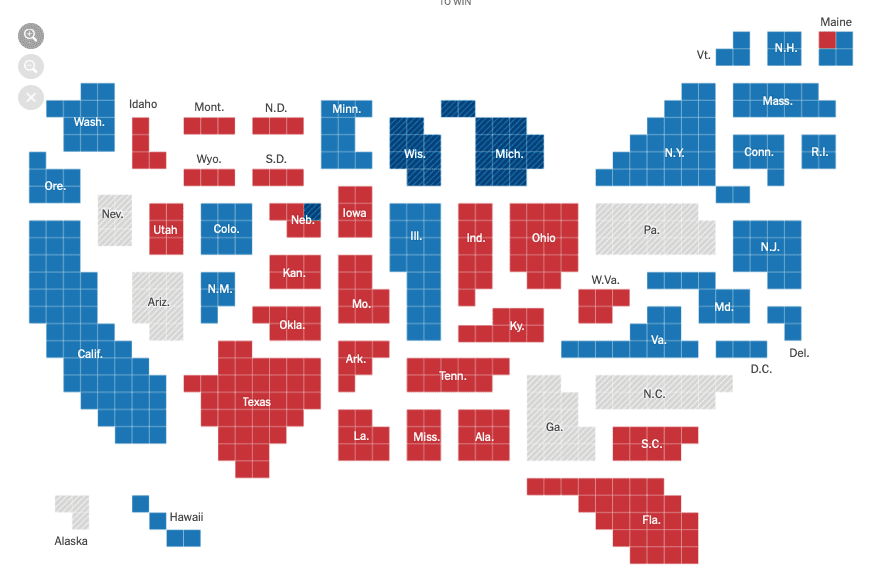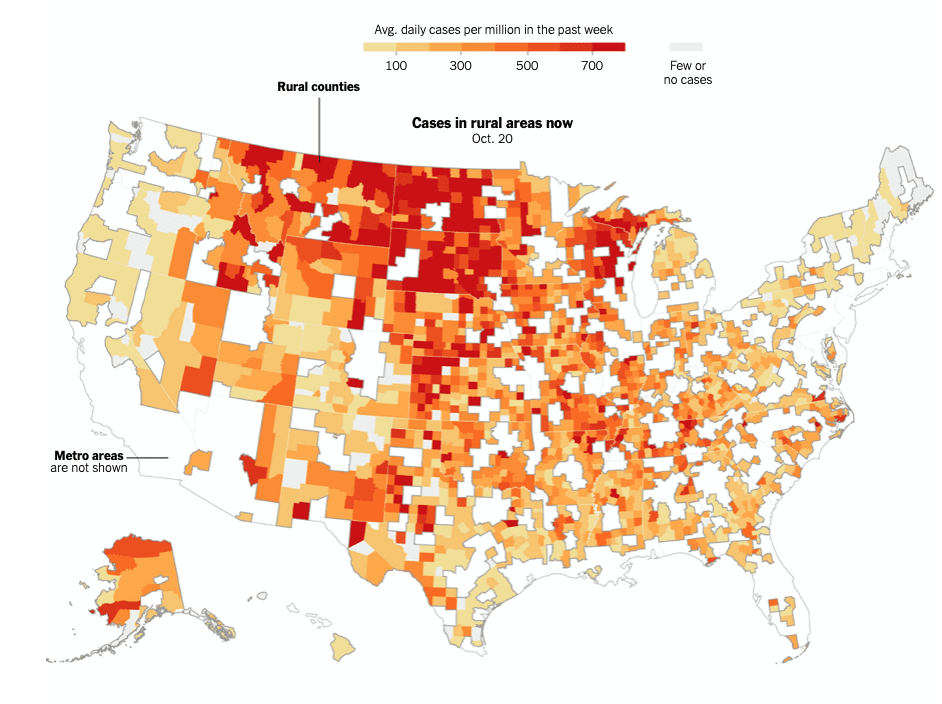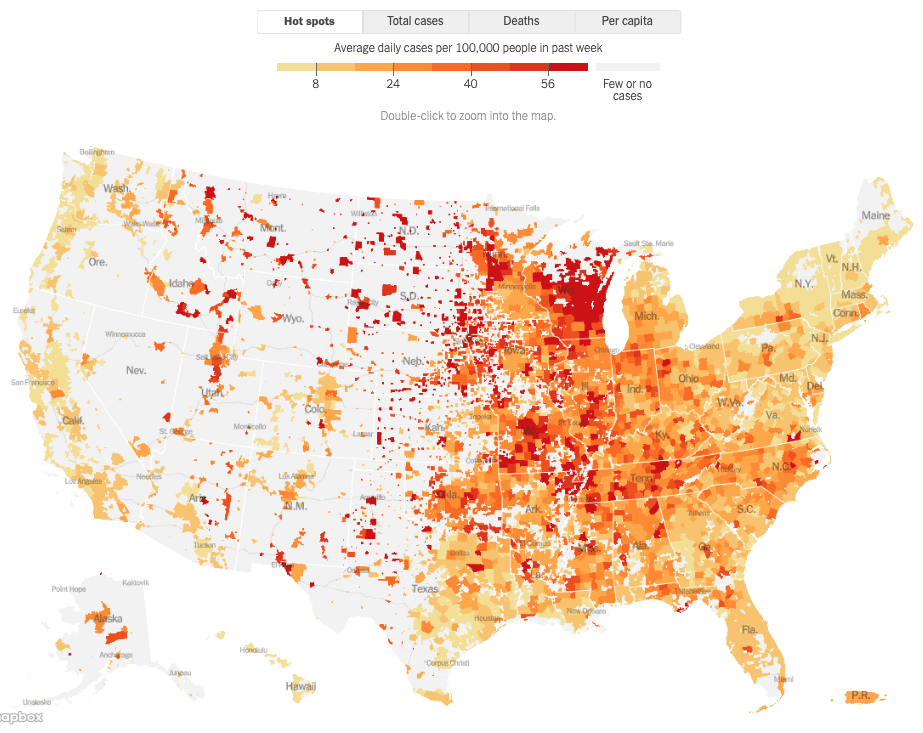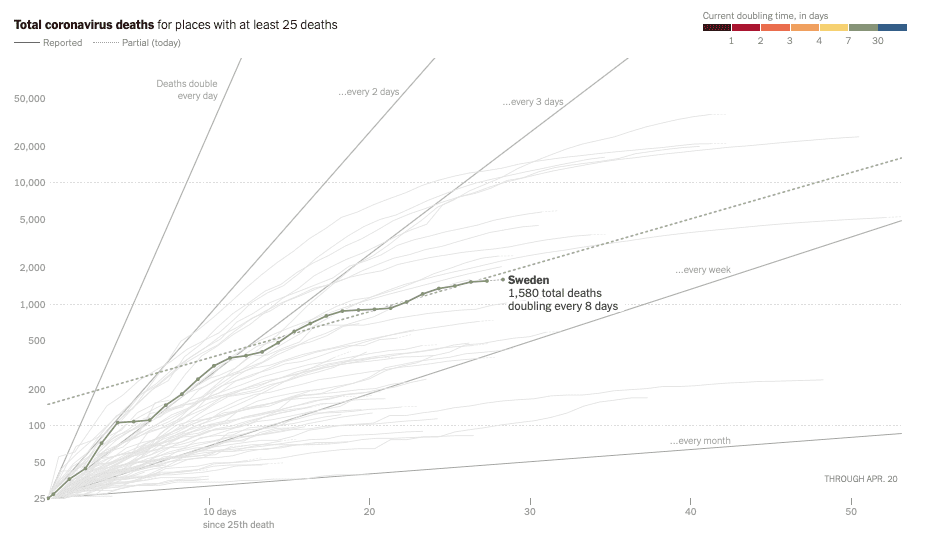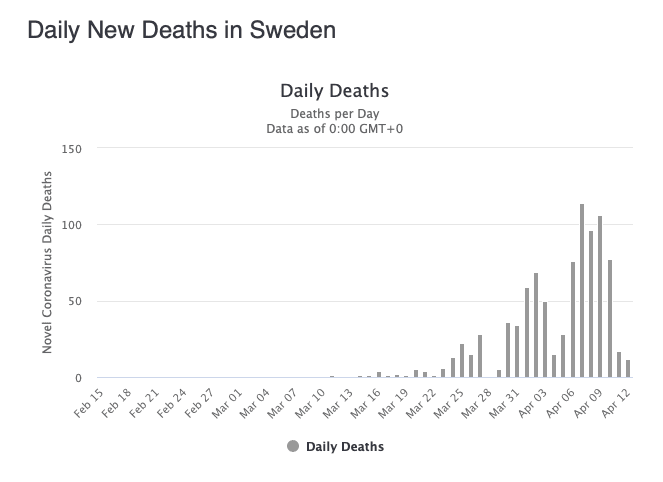This post is by Phil Price, not Andrew.
Way back in November I started writing a post about my Vitamin D experience. My doctor says I need more, in spite of the fact that I spend lots of time outdoors in the sun. I looked into the research and concluded that nobody really knows how much I need, but on the other hand the downside of taking a supplement is small. Anyway I started to write all of this up, thinking this blog’s readers might be interested in both the specifics (where do the Vitamin D recommendations come from, for instance) and the general approach (how one can, and perhaps should, consider the pros and cons of medical advice). But I never got around to finishing that post and thus it never appeared, and it’s not going to now because someone else has written a Vitamin D post that is much more topical, interesting, and current than mine was going to be: it looks at the question of whether Vitamin D protects against COVID. It is also, I think, a great example of how to think when faced with different sources of information that suggest different things. Some studies say this, some say that, common sense suggests X, but on the other hand it also suggests Y. We all face this kind of situation all the time.
So I’m just going to link to the blog post, later in this post, and recommend that you all go read it. But I want you to read the rest of my post first, so please do that. As a teaser I’m going to post the conclusions from the post I’m sending you to, but the real value of the post isn’t in these conclusions, it’s in the reasoning and research.
Does Vitamin D significantly decrease the risk of getting COVID?: 25% chance this is true. The Biobank and Mendelian randomization studies are strong arguments against this; the latitude, seasonal, and racial differences are only weak evidence in favor.
Does Vitamin D use at a hospital significantly improve your chances?: 25% chance this is true. I trust the large Brazilian study more than the smaller Spanish one, but aside from size and a general bias towards skepticism I can’t justify this very well.
Do the benefits of taking a Vitamin D supplement at a normal dose equal or outweigh the costs for most people?: 75% chance this is true. The risks are pretty low, and it will probably bring you closer to rather than further from a natural range if you’re a modern indoor worker (side effects are few; the most serious is probably kidney stones, so don’t take it if you have any tendency towards that). And maybe some day, after countless false leads and stupid red herrings, one of the claims people make about this substance will actually pan out. Who knows?
Those are the assessments of the blog’s author, Scott Siskind, they aren’t from me. But I think, given what he says in his post, that they’re quite reasonable.
I’m going to say a few words about the blog I’m sending you to, because there’s an interesting story there. Siskind is the guy who used to have the blog called Slate Star Codex. Here is a sample post from that blog that I think might interest the readership of this blog. I was late ‘discovering’ SSC: a friend turned me onto it about a year ago. It is entertaining and informative, and the author (who wrote under the pseudonym Scott Alexander) is great at both thinking about a wide range of topics and explaining how he thinks. But several months ago a New York Times reporter contacted ‘Scott Alexander’ and said the NYT was going to publish a piece about the blog and its readership, and would give Scott’s real name (Scott Siskind). Siskind objected, saying he used a pseudonym because he sometimes wrote about controversial topics and/or said controversial things and that revealing his real name would expose him to repercussions such as losing clients at his business. The NYT did not relent, so Siskind took down his blog, hoping that that would make the story sufficiently irrelevant that the Times wouldn’t run it. And indeed that seems to have happened, although it’s also possible that the editors of the Times took Siskind’s feelings into account. But now Siskind is back, with a new blog published under his own name. And the New York Times has run their article.
That NYT article is…strange. If you read the article, the impression you get about Slate Star Codex is nothing like the impression you get by actually reading Slate Star Codex. The friend who suggested SSC to me a year ago thinks this is an example of the biases of NYT journalists being reflected in their reporting, a suggestion I would have dismissed a couple of years ago but which I now give a fair amount of credence: there is some unhealthy Political Correctness in the Times’s newsroom and my friend has me pretty much convinced that it is having too much influence on the stories they write and the way they write them. Specifically, I suspect that the fact that Siskind wrote about some controversial topics in ways that the Times reporter didn’t like may have led to the odd description of Slate Star Codex in the Times article.
Be that as it may, Siskind has a new blog called Astral Codex Ten, and you should all go read this piece about the evidence about how much Vitamin D does or doesn’t protect against COVID.
